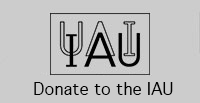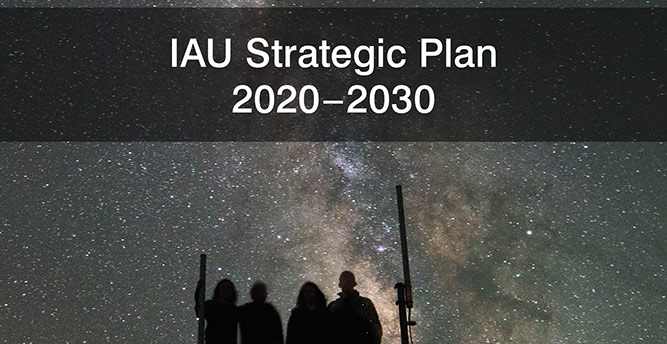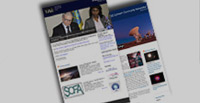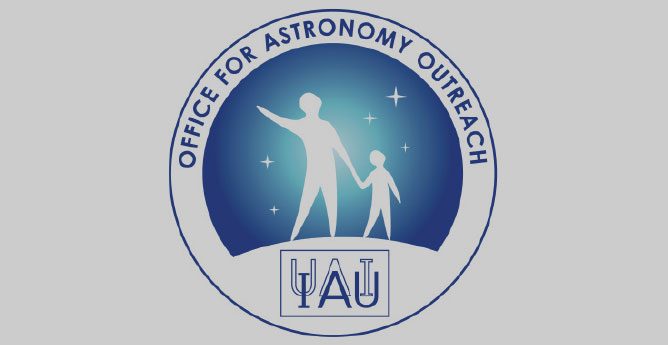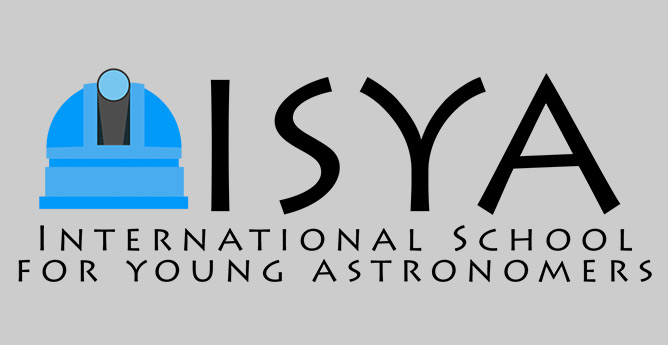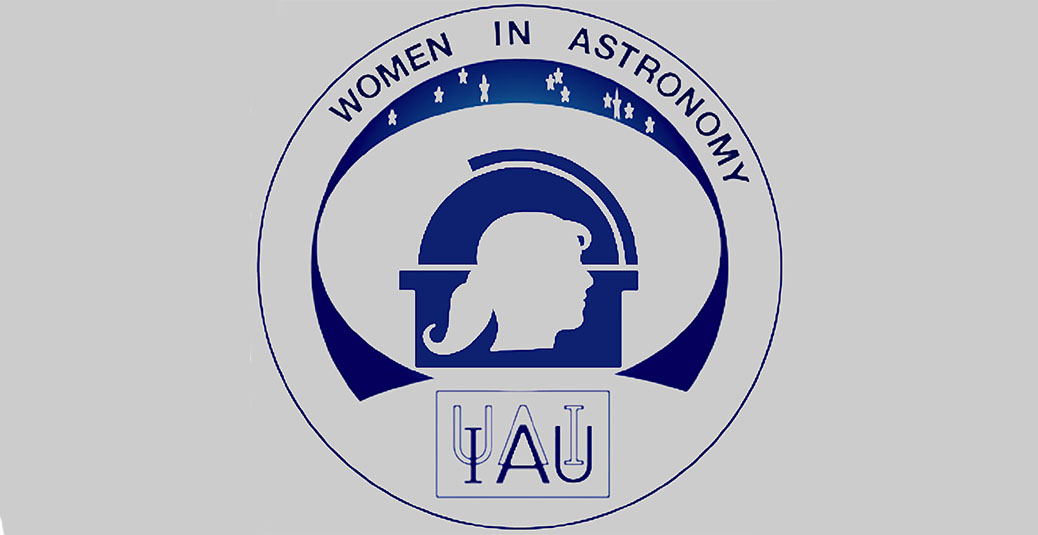- News
- Science
- Scientific Bodies
- Divisions
- Commissions
- Commission A1 Structure
- Commission A2 Structure
- Commission A3 Structure
- Commission A4 Structure
- Commission B1 Structure
- Commission B2 Structure
- Commission B3 Structure
- Commission B4 Structure
- Commission B5 Structure
- Commission B6 Structure
- Commission B7 Structure
- Commission C1 Structure
- Commission C2 Structure
- Commission C3 Structure
- Commission C4 Structure
- Commission C5 Structure
- Commission D1 Structure
- Commission E1 Structure
- Commission E2 Structure
- Commission E3 Structure
- Commission E4 Structure
- Commission F1 Structure
- Commission F2 Structure
- Commission F3 Structure
- Commission F4 Structure
- Commission G1 Structure
- Commission G2 Structure
- Commission G3 Structure
- Commission G4 Structure
- Commission G5 Structure
- Commission H1 Structure
- Commission H2 Structure
- Commission H3 Structure
- Commission H4 Structure
- Commission J1 Structure
- Commission J2 Structure
- Commission J3 Structure
- Commission X1 Structure
- Commission X2 Structure
- Past Commission Organising Committees
- Working Groups
- Centres
- Scientific Meetings
- Rules & Guidelines
- General Assemblies
- Meeting Proposals
- Future IAU Meetings
- General Assemblies
- EC Meetings
- Officers' Meetings
- Regional Meetings
- Symposia
- Focus Meetings
- Institutional Meetings
- IAU Offices Meetings
- IAU-Sponsored Meetings
- Letters of Intent submitted for 2024
- Letters of Intent submitted for 2023
- Letters of Intent submitted for 2022
- Letters of Intent submitted for 2021
- Letters of Intent submitted for 2020
- Past IAU Meetings
- Templates
- Other Meetings
- Grants & Prizes
- Scientific Bodies
- Publications
- IAU Publications
- IAU Strategic Plan
- Symposia
- WGSBN Bulletins
- Regional Meetings
- Information Bulletins/Catalyst
- E-Newsletters
- Focus Meetings
- Transactions A
- Transactions B
- Related Publications
- GA Newspapers
- CAPjournal
- IAU Books
- Brochures
- IAU Offices
- WG Reports
- Commission Reports
- Division Reports
- Past IAU Publications
- Rules, Guidelines and Instructions for Proceedings
- Publishers
- IAU Publications
- Administration
- About the IAU
- Statutes & Rules
- IAU Policies
- IAU Executive Bodies
- IAU Secretariat
- Resolutions
- Members Administration
- Administrative Dates & Deadlines
- International Organisations Relations
- Donate to the IAU
- Training in Astronomy
- Astronomy for Education
- Astronomy for Development
- Astronomy for the Public
- Office for Astronomy Outreach
- FAQ
- Themes
- Satellite Constellations
- Astronomy in Everyday Life
- How to Report a Discovery
- Careers in Astronomy
- Defining our Place in the Cosmos
- The Constellations
- Light Pollution
- Measuring the Universe
- Near Earth Objects
- How to Participate in Astronomy Research
- Naming of Astronomical Objects
- Naming of Exoplanets
- Buying Star Names
- Naming Stars
- Pluto and the Solar System
- IAU Member Statistics
- Our Moon: the Moon
- Meteors & Meteorites: The IAU Definitions of Meteor Terms
- UNESCO-IAU Portal to the Heritage of Astronomy
- Social Media
- Past Events
- Call for Online Resources
- Astronomy@Home Awards
- Contact
IAU Focus Meetings (GA)
FM 11: Global Coordination of Ground and Space Astrophysics and Heliophysics
Start date/time
August 5, 2015
End date/time
August 6, 2015
Place
Honolulu,
United States
Contact
David Spergel
dns@astro.princeton.edu
Coordinating Division
Division B Facilities, Technologies and Data Science
Other Divisions:
D, E, F, G, H, J
Co-Chairs of SOC:
David Spergel (Princeton University)
Topics
- Global Coordination of National & International Strategic Planning
- Open Data
- Open Access
- Reciprocity
Rationale
As astronomical projects grow larger, international collaboration has become essential for both ground and space-based astronomy and heliophysics. Europe—via multiple avenues like the European Science Foundation and Horizon 2020 program—by its very nature has been a model of international cooperation for decades now, but a model that is not easily applied outside of the continent on a broader scale. The European Southern Observatory, CERN, and other projects demonstrate that there is much to learn from this regional space power and lessons to apply to other parts of the world separate from even the success of a fully functional space program (the European Space Agency). Major observatories such as ALMA, HST, SOHO, Planck, and Herschel are international projects with many partners making important technical, scientific and financial contributions.
Meanwhile, countries starting—or increasing—investments in the space sciences are looking for ways to leverage precious resources by getting involved in international collaborative efforts. However, with a patchwork of national policies concerning data and facility access, as well as little in the way of international lessons learned or expectations for involvement in large-scale observatory projects, it is difficult to gauge the true value of involvement at the outset. At present, the U.S., Europe, Japan and China all conduct their own independent long-term planning process. In the United States, the planning is done primarily through its decadal survey process. ESA has just planned its major long-term projects through the L2/L3 process. Japan is currently in the midst of its planning process.
The 2010 U.S. National Academy of Sciences (NAS) astronomy and astrophysics decadal survey, New Worlds, New Horizons in Astronomy and Astrophysics, states that, “An important characteristic of contemporary astronomy, and therefore of this survey, is that most research is highly collaborative, involving international, interagency, private, and state partnerships. This feature has expanded the scope of what is possible but also makes assessment and prioritization more complicated.” (p. xvi). Similarly, the 2012 U.S. NAS heliophysics decadal survey, Solar and Space Physics: A Science for a Technological Society states that “A comprehensive investigation in solar and space physics cannot take place in isolation but should be part of an international effort, with different countries able to bring to bear unique geographic advantages, observing platforms, and expertise” (p. 122), and “while participation in international solar and space research projects could be accomplished through numerous individual, bilateral initiatives and agreements, the overall impact would be increased by coordinated agency involvement” (p. 123).
How do we coordinate these international planning efforts? How can and should we share the data produced both by these international collaborations and by other projects? How should we provide access to these facilities? Furthermore, the huge volume of data produced by current and future observation systems necessitate modes of research that have not heretofore figured prominently in astronomical and heliophysical research enterprises. The Advanced Technology Solar Telescope (ATST) will collect 3.65 petabytes in its first year of science operations while the Large Synoptic Survey Telescope (LSST) alone will produce 30 TB of data per night.
The potential benefit of enhanced international coordination is high. Much can be learned in astrophysics by adopting a broad-scoped approach, in which ground and space-based facilities look at the same target with different wavelengths, timescales and technologies. Such an approach requires more resources than a single nation could maintain. Heliophysics has the added issue of coordinating truly global ground-based systems and space missions in various regions of the Sun-Earth system. In this context, Earth is an additional spacecraft embedded in its own space plasma environment. For the first time in history, we are capable of looking at a complicated coupled space system in its entirety, from the sun through the heliosphere, magnetosphere, ionosphere, and atmosphere down to the biosphere, in which we try to survive the present climate change. To study and understanding the system around us is the ultimate benchmark to be able to understand other star-planet systems.
Large progress towards combining international ground- and space-based assets has been made by, for example, the multi-spacecraft Cluster and THEMIS coordinations with ground-based assets. Additional, truly global instrument networks have been developed by the community in international collaboration, through more-or-less grassroot activities, or in recent years through the International Living with a Star program on agency level. Nevertheless, we still have major gaps in our coverage and understanding of the Sun-Earth system as an entity.
As the scope and scale of international collaboration on space science projects increases, challenges concerning managing data access and reciprocity between stakeholders have so far been dealt with on an ad hoc basis, project by project. The proposed focus meeting for the IAU General Assembly 2015 would bring together a diverse set of stakeholders representing the astronomical and heliophysics disciplines from around the world to discuss how to deal with the aforementioned issues with the goal of continuing to move towards increased international cooperation in the strategic planning of these disciplines.
